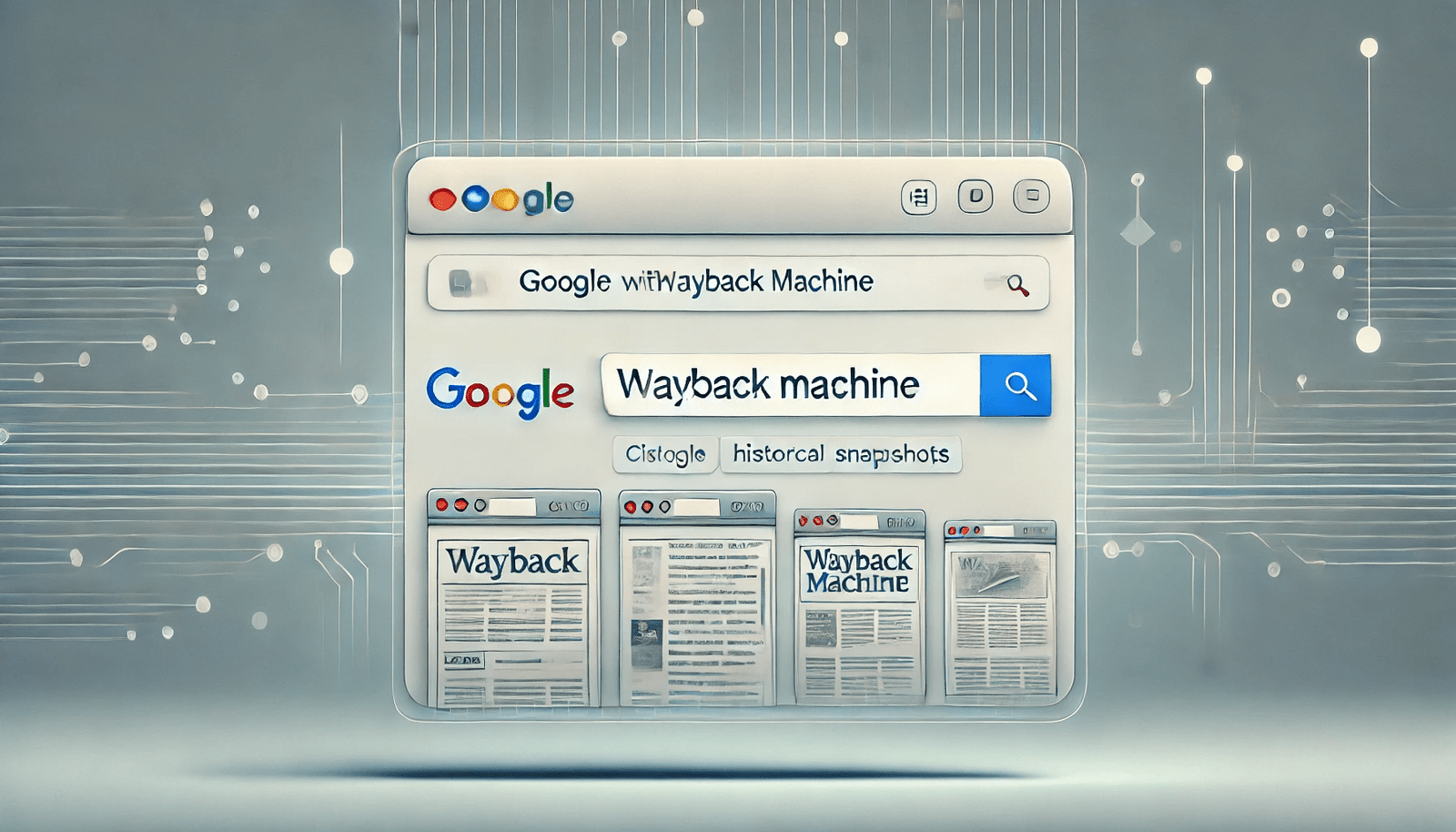Google has rolled out yet another significant update to its search engine by incorporating the Internet Archive’s Wayback Machine directly into search results. This move marks a pivotal change in how users can view and interact with historical web data. From researchers and journalists to SEO experts, this new feature brings a wealth of opportunities for transparency and accountability in web content.
A Closer Look at the Wayback Machine
The Wayback Machine, a project by the Internet Archive, has been archiving snapshots of the web since 1996. It preserves older versions of websites, allowing users to go back in time and see how a website looked in the past. Whether a website has been updated, rebranded, or taken down entirely, users can still access its historical content through the Wayback Machine. By integrating this archive into search results, Google is making it easier than ever to access these past versions with just a few clicks.
How to Use Google’s Wayback Machine Feature
To access archived versions of websites, users need to click on the three dots next to a search result. This opens up the “About this result” panel, where the “See previous versions” link will take you to the Wayback Machine’s archives. The feature simplifies the process by eliminating the need to manually search the Wayback Machine website for past versions of URLs.
Key Benefits of the Wayback Machine Integration
Enhanced Web Transparency
The ability to easily access older versions of websites directly through Google’s search results adds a new layer of transparency. Companies, organizations, and individuals can no longer easily delete or hide web pages without users being able to retrieve that information. This is particularly valuable for journalists and fact-checkers who need to verify historical claims or uncover changes made to online content.
Recovery of Lost Web Pages
Websites often remove content or experience downtime, leading to broken links or loss of valuable information. With the Wayback Machine integration, users can retrieve previous versions of web pages, allowing them to recover information that might otherwise be lost. This is especially useful for researchers or anyone looking for discontinued content.
A Powerful Tool for SEO Experts
SEO professionals now have an efficient way to track the historical evolution of competitors’ websites and gain insights into how they have changed their strategies over time. They can also use it to monitor their own websites, revisiting older versions to identify what worked well in the past and how it can be applied moving forward.
Digital Preservation at Scale
The integration represents a major step in digital preservation. Important web content—whether political, cultural, or scientific—can now be more easily retrieved and shared. Google’s new feature emphasizes the importance of maintaining access to the full history of the web, providing a comprehensive picture of how information has evolved over time.
Why This Matters for Web Users
Google’s integration of the Wayback Machine is a game-changer for web transparency. It underscores the company’s mission to make the world’s information accessible, useful, and accountable. For users who rely on historical data, this new feature provides a streamlined and trustworthy way to view past versions of websites directly from the search engine.
Conclusion:
Google’s Wayback Machine integration is more than just a tool for historical data—it’s a major leap forward for transparency and information access on the web. Whether you’re a casual user, researcher, SEO agency or a professional looking to track website changes, this feature allows you to easily tap into the web’s past. At a time when digital content can be easily altered or erased, this update serves as a vital resource for preserving the integrity of online information.



